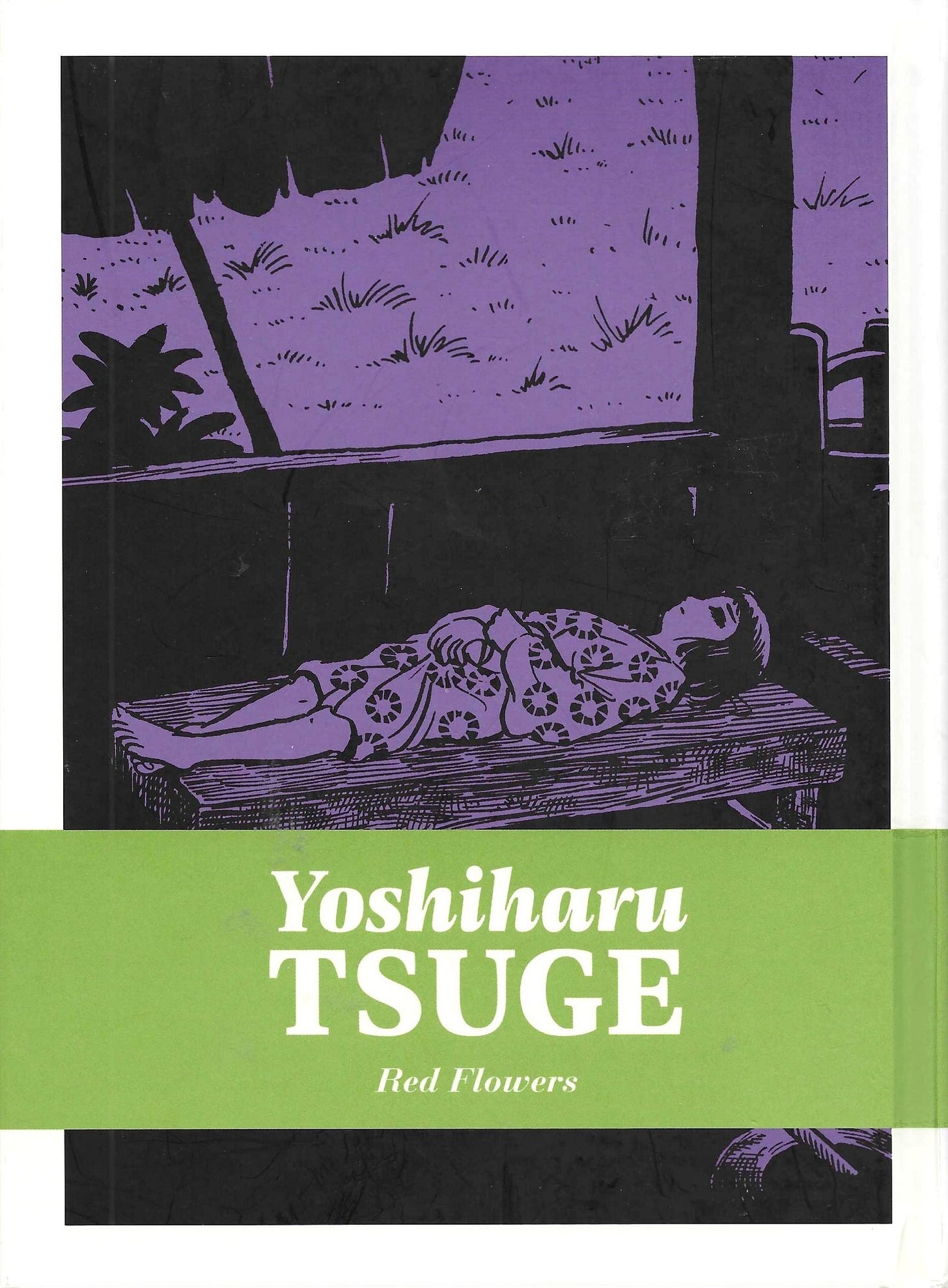In the 1960s, in most of the biggest comics-producing cultures—in the USA, in western Europe, in Japan—comics took a turn into a more serious “adult” content. In the USA, this mostly took the form of taboo-breaking content; in Europe it was psychedelic science fiction; in Japan, there was a swing to a more literary form of comics. Comics are called manga in Japanese, and for some reason, we in the USA also call Japanese comics manga. (We don’t do that for any other country—we don’t call French comics bandes dessinées or Italian comics fumetti, for example.) Manga are distinct from American and European comics in many ways, but for western readers, the first thing we have to accustom ourselves to is reading it backwards. Because Japanese script is organized right to left, comics followed suit. When a Japanese comic is translated into English, the publisher must make a decision whether or not to flip the artwork. When manga began to be translated, it was common practice to flip the artwork. For some reason, this practice has gradually been stopped—readers of manga in the USA have been trained to read in reverse order. So all the examples of Yoshiharu Tsuge’s artwork that I will show in this post require that the panels be read starting at the top right.
In the 1950s, a type of comic called gekiga were aimed at an older readership than most manga. Gekiga were primarily rented to their readers, but that market declined in the late 50s. A new comics magazine called Garo was established as a venue for the gekiga cartoonists left high and dry by the demise of the rental market. The bargain Garo made with the artists they published was this: no censorship in exchange for no pay. Obviously “no censorship” could have easily led to a string of dirty comics, but some of the artists pushed their work in more poetic directions. One of those artists was Yoshiharu Tsuge.
Keep reading with a 7-day free trial
Subscribe to The Great God Pan Is Dead to keep reading this post and get 7 days of free access to the full post archives.




